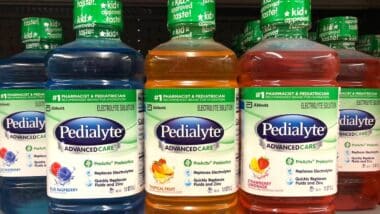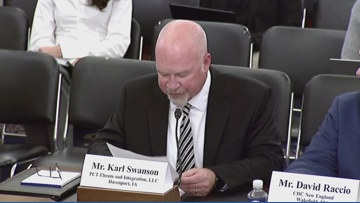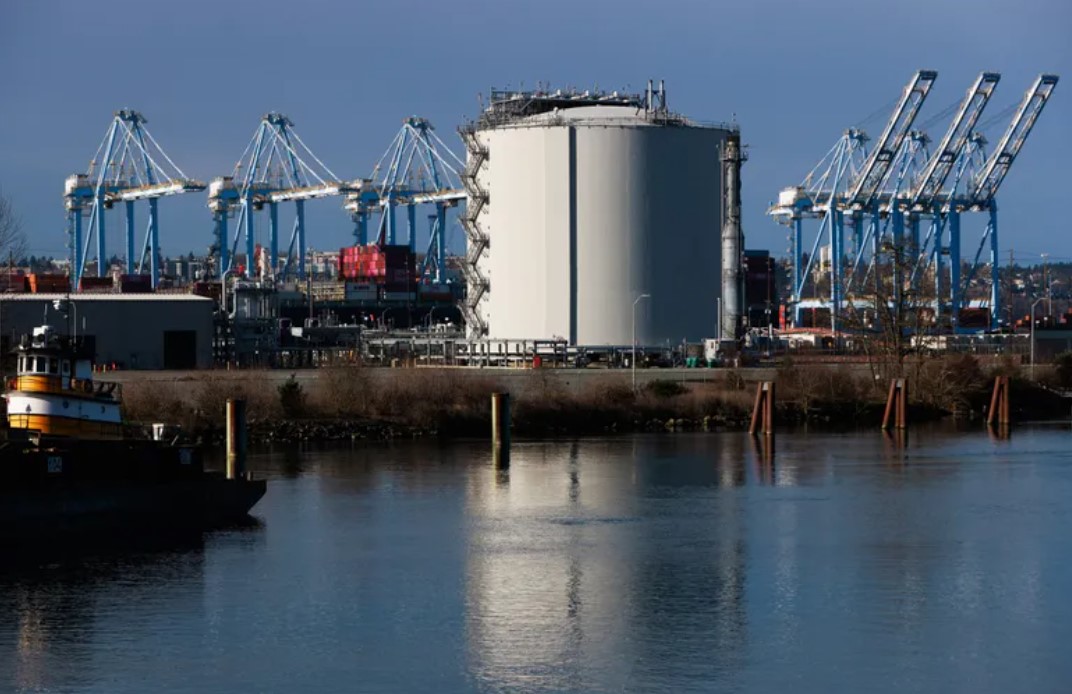School Rationalisation Initiative in Prayagraj Aligned with Sustainable Development Goals
Introduction: Advancing SDG 4 through Strategic School Mergers
Authorities in Prayagraj have commenced a school pairing process as part of a state government rationalisation plan. This initiative directly supports the achievement of Sustainable Development Goal 4 (Quality Education) by merging government-run primary and upper primary schools with low student enrolment. The objective is to consolidate resources and enhance educational continuity for all students.
Core Objectives and Alignment with Global Goals
The government’s directive to merge schools with fewer than 50 students aims to fortify the public education system. The key objectives are intrinsically linked to several SDGs:
- Enhancing Educational Quality (SDG 4): By consolidating smaller institutions, the plan seeks to improve infrastructure, optimise the deployment of teaching staff, and provide a more robust and effective learning environment.
- Reducing Inequalities (SDG 10): The initiative is designed to ensure that students in both urban and rural areas have equitable access to well-resourced schools, thereby reducing disparities in educational opportunities.
- Sustainable Communities (SDG 11): The efficient utilisation and reduction in resource duplication contribute to the sustainability of public services within communities.
- Partnerships for the Goals (SDG 17): The process involves close collaboration between state government and block-level education officers to ensure a smooth transition and successful implementation of educational objectives.
Implementation Details: Urban and Rural Mergers
Block-level education officers have been directed to oversee the mergers to ensure academic activities continue without disruption. The implementation has been carried out across both urban and rural zones of Prayagraj.
Urban Area Mergers: Prayagraj City
- Government Primary School, Unchamandi merged with Composite School, Atrasuya.
- Primary School, Police Lines merged with Purana Katra Composite School.
- Upper Primary School, Old Katra merged with Primary School, Purana Katra-1.
- Upper Primary School (Boys), New Katra merged with Composite School, New Katra.
- Primary School, Dharharia merged with Composite School, Adarsh Allenganj.
- Primary School, Gadivan Tola merged with Composite School, Old Lukarganj.
Rural Area Mergers
- Karchhana Block:
- Primary School, Kechuhadih merged with Composite School, Kechuha.
- Bhagahi Patel Basti merged with Primary School, Machhar Pasiyan.
- Kechuha Dhobiyan Basti merged with Machhar Purwa.
- Saidabad Block:
- Chakbudh Bharti merged with Barokhara.
- Uruwa Block:
- Upper Primary School, Kunwarpatti merged with its local primary school.
- Madra Mukundpur-1 merged with Madra-2.
- Other Blocks (Baharia, Jasra, Koraon, Hanumanganj):
- Schools including Daulatpur Baharia, Badoura Baharia, Atarsuya, Khauariya, and Bagholwa Adivasi were merged with nearby institutions.
- In Koraon, Basgadi and Usri were paired with composite schools.
- In Hanumanganj, the local girls’ school was merged with its composite school.
Future Outlook: A Sustained Commitment to Quality Public Education
Officials have confirmed that the merger process will continue in phases, adhering to government guidelines. The ultimate goal remains the comprehensive strengthening of public schooling across Prayagraj, reinforcing the region’s commitment to achieving SDG 4 by providing inclusive and equitable quality education for all.
1. Which SDGs are addressed or connected to the issues highlighted in the article?
-
SDG 4: Quality Education
The article directly addresses SDG 4 as its central theme is the improvement of the public education system. The school rationalisation plan described, which involves merging schools with low enrolment, is aimed at strengthening public schooling, ensuring better resource utilisation, and enhancing the quality of education for students in primary and upper primary schools. The text explicitly mentions goals such as providing a “more robust learning environment” and “strengthening the public education system,” which are core to achieving quality education.
2. What specific targets under those SDGs can be identified based on the article’s content?
-
Target 4.1: By 2030, ensure that all girls and boys complete free, equitable and quality primary and secondary education leading to relevant and effective learning outcomes.
The initiative to merge schools is designed to improve the quality of primary and upper primary education. By consolidating resources and optimising teaching staff, the government aims to provide a higher standard of education and “educational continuity.” This directly supports the goal of ensuring that students receive a “quality” primary education that leads to better learning outcomes.
-
Target 4.a: Build and upgrade education facilities that are child, disability and gender sensitive and provide safe, non-violent, inclusive and effective learning environments for all.
The article highlights that the merger plan aims to “improve infrastructure” and create a “more robust learning environment.” By merging under-enrolled schools into larger “Composite Schools,” the authorities are effectively upgrading educational facilities. This consolidation allows for better resource allocation, creating more effective learning environments than what could be offered in smaller, under-resourced schools.
3. Are there any indicators mentioned or implied in the article that can be used to measure progress towards the identified targets?
-
Student enrolment numbers
The article explicitly states that the government’s directive is to merge schools with “enrolments of less than 50 students.” This number serves as a direct, quantifiable indicator used to identify schools for the rationalisation plan and measure the scope of the issue of low enrolment.
-
Number of schools merged
Progress in implementing the plan is measured by the number of schools that have been successfully merged. The article notes that “over a dozen govt-run primary and upper primary schools… were merged” and provides a list of specific mergers in both urban and rural areas. This serves as an output indicator for the implementation of Target 4.a.
-
Resource utilisation and optimisation
An implied indicator is the efficiency of resource use. The article states that a primary goal is “better resource utilisation” and “optimising teaching staff.” Progress could be measured by analyzing teacher-student ratios, per-student funding, and the availability of infrastructure and learning materials in the newly formed composite schools compared to the previously separate institutions.
4. Create a table with three columns titled ‘SDGs, Targets and Indicators’ to present the findings from analyzing the article.
| SDGs | Targets | Indicators |
|---|---|---|
| SDG 4: Quality Education | Target 4.1: Ensure all children complete free, equitable and quality primary and secondary education. | Student enrolment numbers (The directive to merge schools with enrolments of less than 50 students). |
| SDG 4: Quality Education | Target 4.a: Build and upgrade education facilities to provide safe, inclusive and effective learning environments. |
|
Source: timesofindia.indiatimes.com







